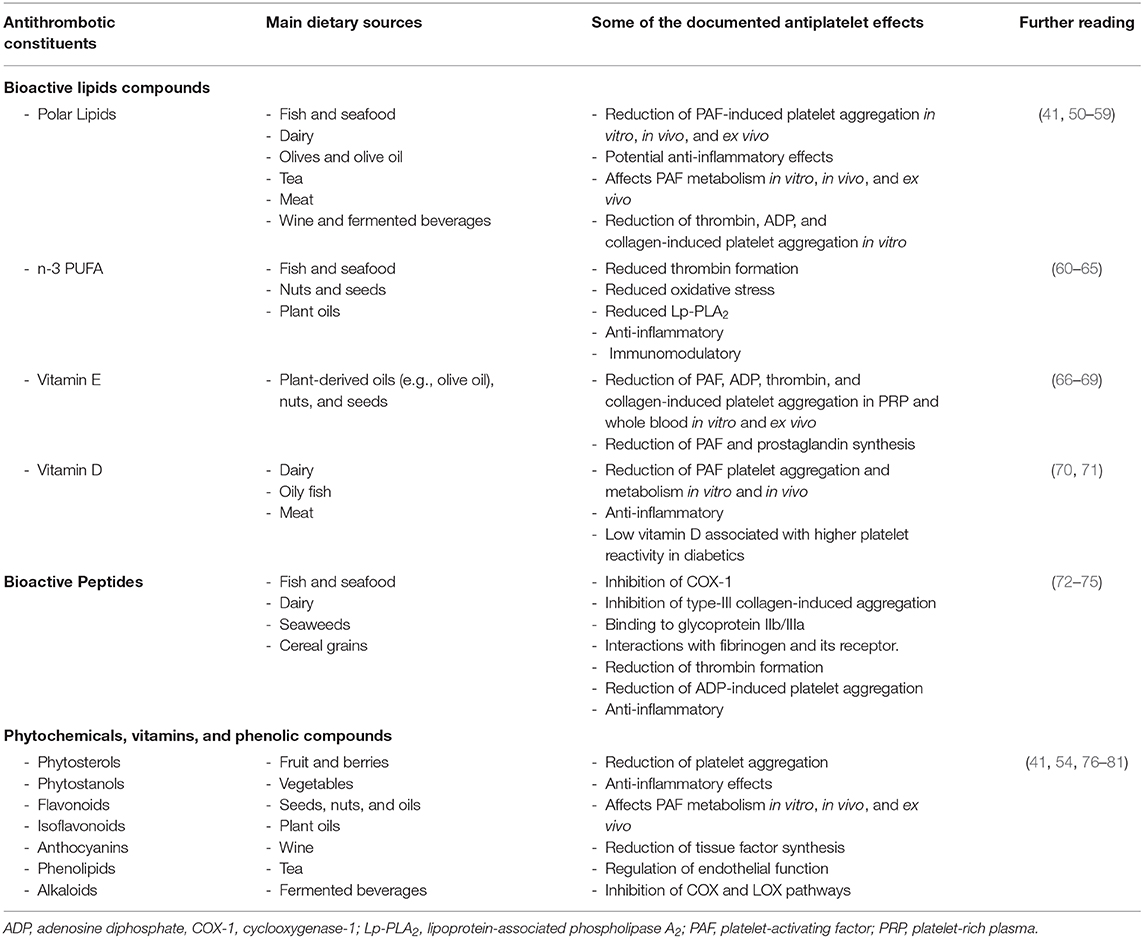The inter- and intra-relationships of PAF, platelet aggregation and inflammation have been recently presented by our group, here.
A new paper on nutrition, PAF and covid-19
Yesterday, a new paper on this topic was published; one of the co-authors is Emeritus Professor of Univ. of Athens, Prof C.A. Demopoulos. The abstract of this new paper follows:
The new coronavirus disease 2019 (COVID-19) pandemic is an emerging situation with high rates of morbidity and mortality, in the pathophysiology of which inflammation and thrombosis are implicated. The disease is directly connected to the nutritional status of patients and a well-balanced diet is recommended by official sources. Recently, the role of platelet activating factor (PAF) was suggested in the pathogenesis of COVID-19. In the present review several micronutrients (vitamin A, vitamin C, vitamin E, vitamin D, selenium, omega-3 fatty acids, and minerals), phytochemicals and Mediterranean diet compounds with potential anti-COVID activity are presented. We further underline that the well-known anti-inflammatory and anti-thrombotic actions of the investigated nutrients and/or holistic dietary schemes, such as the Mediterranean diet, are also mediated through PAF. In conclusion, there is no single food to prevent coronavirus Although the relationship between PAF and COVID-19 is not robust, a healthy diet containing PAF inhibitors may target both inflammation and thrombosis and prevent the deleterious effects of COVID-19. The next step is the experimental confirmation or not of the PAF-COVID-19 hypothesis.
The full paper is here.
Forty years since the structural elucidation of Platelet-Activating Factor (PAF): Historical, Current, and Future Research Perspectives
In the late 1960s, Barbaro and Zvaifler described a substance that caused antigen induced histamine release from rabbit platelets producing antibodies in passive cutaneous anaphylaxis. Henson described a ‘soluble factor’ released from leukocytes that induced vasoactive amine release in platelets. Later observations by Siraganuan and Osler observed the existence of a diluted substance that had the capacity to cause platelet activation. In 1972, the term platelet-activating factor (PAF) was coined by Benveniste, Henson, and Cochrane. The structure of PAF was later elucidated by Demopoulos, Pinckard, and Hanahan in 1979. These studies introduced the research world to PAF, which is now recognised as a potent phospholipid mediator. Since its introduction to the literature, research on PAF has grown due to interest in its vital cell signalling functions and more sinisterly its role as a pro-inflammatory molecule in several chronic diseases including cardiovascular disease and cancer. As it is forty years since the structural elucidation of PAF, the aim of this review is to provide a historical account of the discovery of PAF and to provide a general overview of current and future perspectives on PAF research in physiology and pathophysiology.
Our full paper is here.
Thrombosis, PAF, Covid-19 and the role of Nutrition
As discussed in our paper, here, severe acute respiratory syndrome coronavirus 2 (SARS-CoV-2), responsible for the coronavirus disease (COVID-19), is a contagion that has rapidly spread around the globe. COVID-19 has caused significant loss of life and disrupted global society at a level never before encountered. While the disease was predominantly characterized by respiratory symptoms initially, it became clear that other systems including the cardiovascular and neurological systems were also involved. Several thrombotic complications were reported including venous thrombosis, vasculitis, cardiomyopathy, and stroke. Thrombosis and inflammation are implicated in various non-communicable diseases (NCDs). This is of significant concern as people with pre-existing conditions such as cardiovascular disorders, renal disorders, obesity, metabolic syndrome, and diabetes are at greater risk of severe COVID-19 infection. Consequently, the research surrounding the use of anticoagulants, antiplatelet, and antithrombotic strategies for prophylaxis and treatment of COVID-19 is of critical importance. The adoption of a healthy diet, physical exercise, and lifestyle choices can reduce the risk factors associated with NCDs and the thrombo-inflammatory complications. In this review, these thrombotic complications and potential foods, nutraceuticals, and the antithrombotic constituents within that may prevent the onset of severe thrombotic complications as a result of infection are discussed. While nutrition is not a panacea to tackle COVID-19, it is apparent that a patient’s nutritional status may affect patient outcomes. Further intensive research is warranted to reduce to incidence of thrombotic complications.
You can read more on PAF, thrombosis and Covid-19 here and here.
